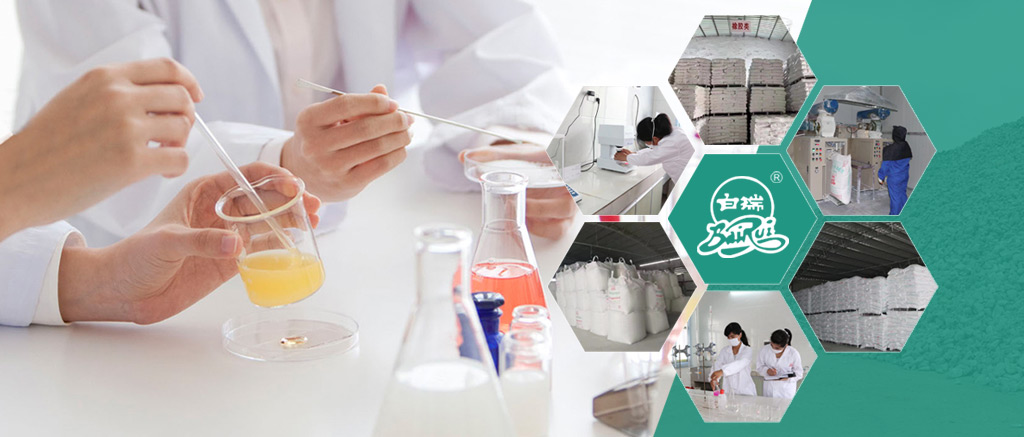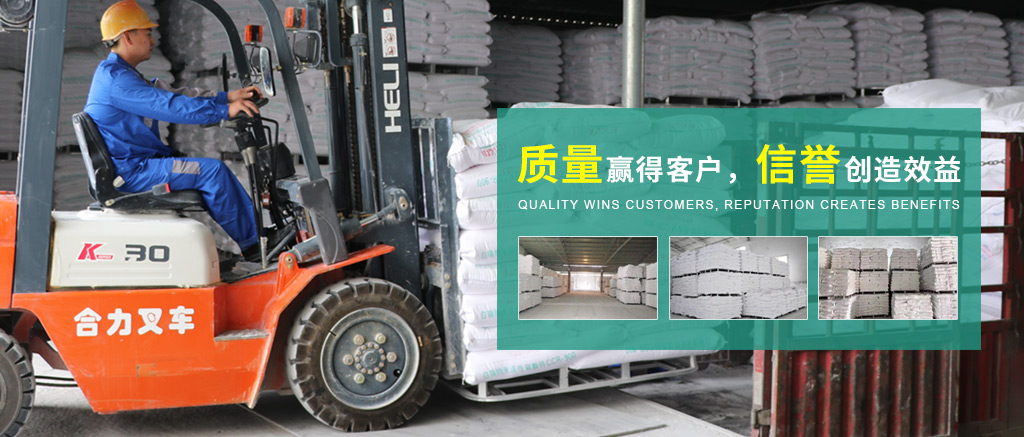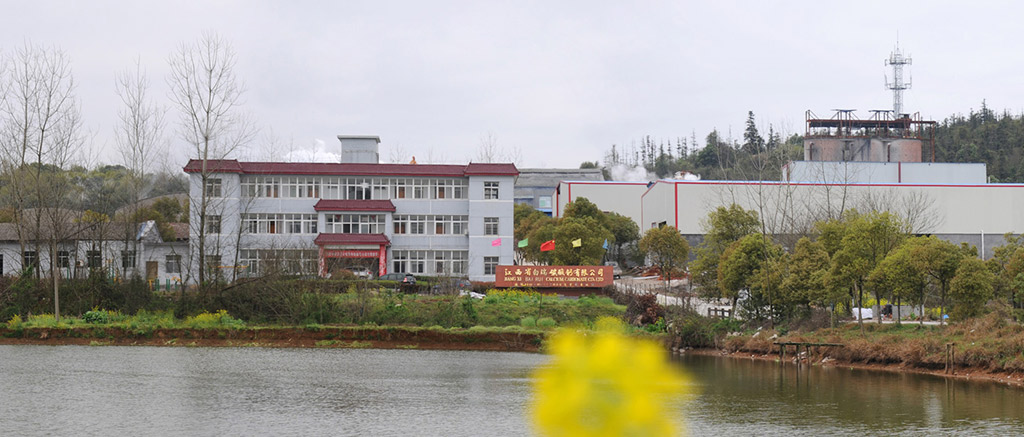Step into the production line and explore nano calcium carbonate
Time: 2016-12-21
A nanometer is a unit of length, originally called a nanometer, which is 10 to the power of -9 meters (one billionth of a meter). Nanoscience and technology, sometimes referred to simply as nanotechnology, is the study of the properties and applications of materials with structural dimensions in the range of 1 to 100 nanometers. From the specific substance, people often use thin as hair to describe thin things, in fact, the diameter of human hair is generally 20-50 microns, not thin. Individual bacteria can not be seen by the naked eye, and a diameter of 5 microns is measured by a microscope, which is not thin. In other words, 1 nanometer is roughly equivalent to the diameter of four atoms.
When the material to the nanometer scale, is about 1-100 nanometers in this range of space, the performance of the material will be mutated, there will be special properties. This kind of material is not only different from the original composition of atoms, molecules, but also different from the special properties of macroscopic substances, that is, nanomaterials.

Nanometer calcium carbonate is also known as ultra-fine calcium carbonate. The name of the standard is ultrafine calcium carbonate. The most mature industry for the application of nano-calcium carbonate is the plastics industry, which is mainly used in high-grade plastic products. PVC plasticizer for internal sealing of automobiles. The rheology and formability of plastic masterbatch can be improved. As a plastic filler, it has the effect of toughening and strengthening, improving the bending strength and bending elastic modulus of plastics, thermal deformation temperature and dimensional stability, and also endowing plastics with thermal retardation.
The industrial preparation method of nano-active calcium carbonate is characterized in that the method comprises the following steps:
In the suspension of Ca(OH)2, a gas containing CO2 is added to carbonize to a carbonization rate of 5 ~ 40%, and a crystalline regulator is added to continue carbonizing to a pH of 8.0 ~ 9.0, and a surface charge and steric hindrance regulator is added to continue carbonizing to a pH of 6 ~ 7.5 to produce nanoscale cuboidal calcium carbonate. The crystal regulator is one of phosphate, sulfate, acetate, citrate, monosaccharide or polysaccharide and its mixture, and the addition amount is 0.05 ~ 3.0% of the weight of the slurry; The surface charge and steric hindrance regulator is one or more of phosphate, sulfate, chloride, triethanolamine and sodium dodecyl benzene sulfonate; The addition amount of surface charge and steric hindrance regulator is 0.1-4.0% of CaCO3 weight.
One or two of the fatty acid or water-soluble titanate coupling agents are prepared into an aqueous coating agent; The fatty acids mentioned are fatty acids of C12 ~ C18;
The nano-sized calcium carbonate slurry is heated to 45 ~ 95℃, and then the coating agent is added. The amount of the coating agent is 0.5 ~ 3.5% according to the weight of calcium carbonate, and the coating treatment time is 0.5 ~ 3.5 hours. The slurry is filtered and dried to obtain nano-sized active calcium carbonate.
Industrial preparation method of nano active calcium carbonate. In this method, carbon dioxide gas is injected into the suspension of Ca(OH)2 at a certain concentration for carbonization. The nucleation rate of calcium carbonate crystal nuclei was controlled by the temperature of Ca(OH)2 suspension and the flow of carbon dioxide gas. After carbonization to form a certain number of crystal nuclei, the control of crystal nucleus formation is transformed into the control of crystal growth. At this time, the crystal shape regulator is added to control the growth rate of each crystal surface, so as to achieve the controllable morphology. The cuboidal calcium carbonate nanoparticles with uniform dispersion were obtained by adding dispersant to adjust the surface charge of the particles. Then the cuboidal nano-calcium carbonate particles were coated in liquid phase. The obtained nano-active calcium carbonate particles are controllable in the range of 25 ~ 100nm, cubical, with a specific surface greater than 25m2/g, particle size distribution GSD of 1.57, oil absorption value of less than 28g/100gCaCO3, and no agglomeration phenomenon. The obtained products have excellent performance and can be used as functional fillers in high-grade rubber, plastic and automotive primers.
The use of nano-calcium carbonate in ink products reflects excellent dispersion and transparency and excellent gloss, and excellent ink absorption and high dryness. Nano-calcium carbonate used as ink filler in resin ink has good stability, high gloss and does not affect the drying performance of printing ink. Adaptability and other advantages.
The paper industry is the most potential market for nano-calcium carbonate. At present, nano calcium carbonate is also mainly used in special paper products, such as female sanitary napkins, baby diapers and so on. Nano-active calcium carbonate as papermaking filler has the following advantages: high light shading, high brightness, can improve the whiteness and light shading of paper products; High expansibility, can make the paper mill use more fillers and greatly reduce raw material costs; Fine particle size, uniform, products more uniform, smooth; High oil absorption value can improve the predicted firmness of colored paper.
Nanometer calcium carbonate is used as pigment filler in coating industry, which has the advantages of fine, uniform, high whiteness and good optical properties. Nanoscale superfine calcium carbonate has steric hindrance effect. In the paint making, the Lide powder with higher density in the formula can be suspended to prevent settlement. After painting, the whiteness of the film increases, the gloss is high, and the hiding power is not reduced, which is mainly used for high-end car paint.
One of the main application markets of nano-calcium carbonate in rubber industry. The rubber added with sodium rice calcium carbonate has higher vulcanized rubber growth rate, tearing property, compression deformation and flexure resistance than that added with general calcium carbonate. After adding nano-calcium carbonate treated with resin acid, the tear strength of some tone-glue products is increased by more than 4 times. Nano-calcium carbonate can be used as a calcium supplement in the feed industry to increase the calcium content of feed. Used in cosmetics, because of its high purity, good whiteness and fine particle size, it can replace titanium dioxide.







 Home
Home  News
News





